Souliss is a flexible and powerful framework, it basically does two things: gives a networking tool that interconnect all your boards; introduce standard logic to handle your interconnected Things.
Once your board runs Souliss, is able to communicate with others and let them know what it can do (lets say control your garage door, but can be anything else). You are free to have multiple nodes, those can communicate in peer-to-peer between them-self and report to an user interface the actual state.
Souliss create a local network, your devices doesn't relay on Internet connection even if can be controlled via Internet. Your data doesn't travel around the world.
You have the freedom to scale from one, a couple of several tens of boards. Mixing Souliss with commercial products for home automation is possible through openHAB.
An overview on how make Smart Home with Arduino and Android and how use Arduino as Smart Home Product are available on the blog.
 plinio
plinio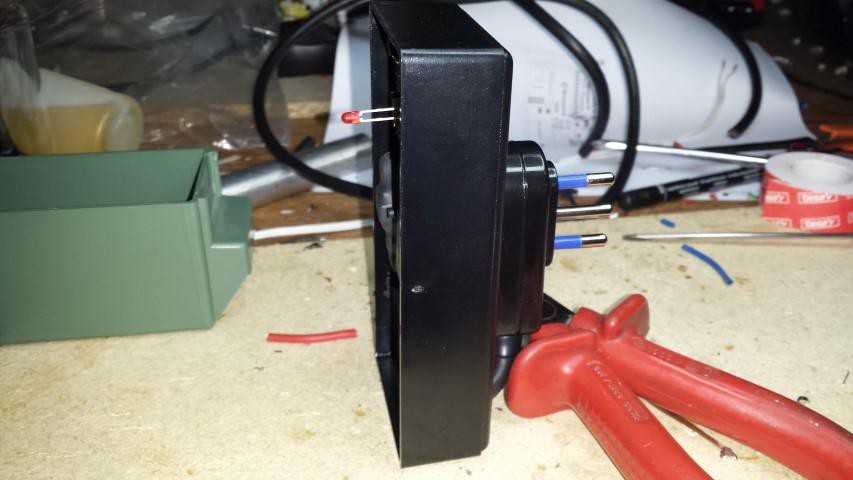

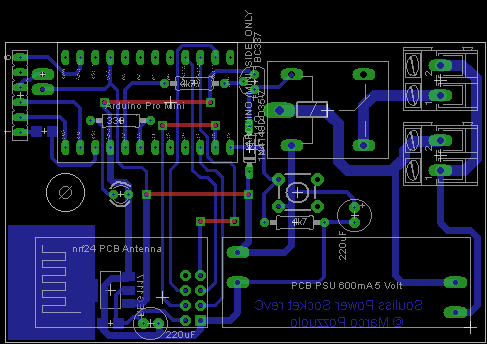
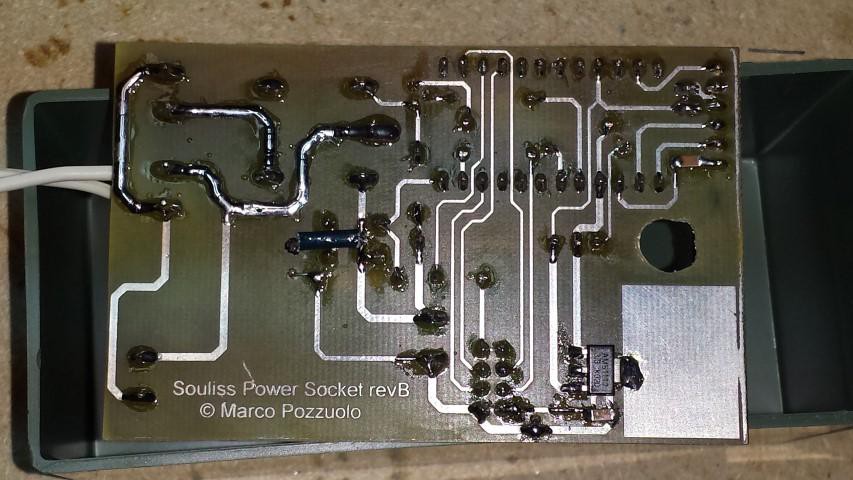






 Christopher Mendez
Christopher Mendez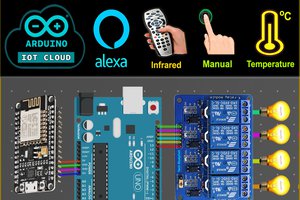
 Subhajit
Subhajit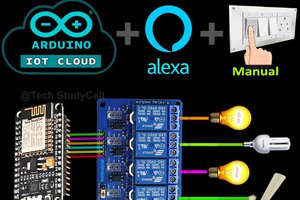

 ByteTech
ByteTech
Dear Dario.
I'm interested in your souliss project. I'm a engineer of WIZnet.
Your project have a tag such like as W5500, W5200, and W5100. But I could not find the related post on this & your site. Where I can find them?
If not yet, Do you have a plan to make this project with Wiznet chips instead of ENC28J60?
I will help you. I will sent to you WIZnet products(W5500, W5500 Ethernet shield, WizFi250).
And if you intrested in ARM cortexM, I will send to you WIZwiki-W7500 platform(
http://wizwiki.net/wiki/doku.php?id=products:wizwiki_w7500:start).
If you need a my help, I will send them free to you and feel free send the private message to me.
Thank you.